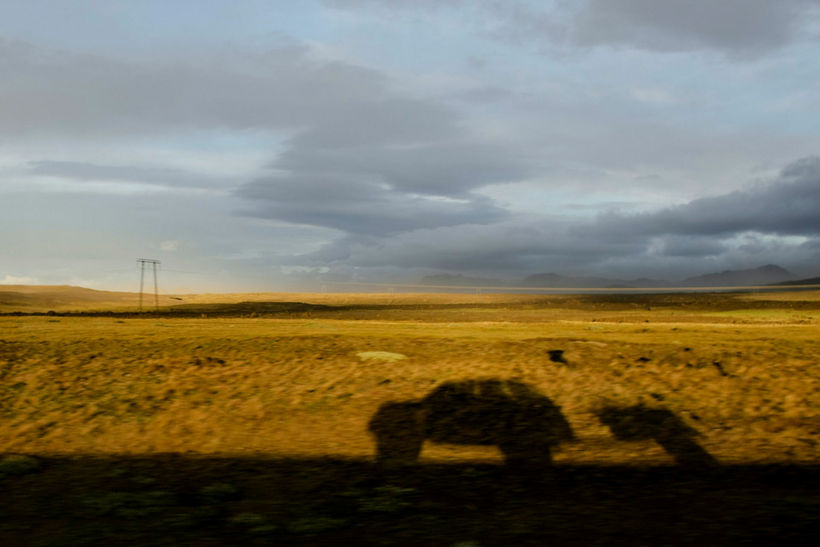Tips on driving in Iceland
Driving in Iceland in summer is the perfect way to get around but in winter there are often very dangerous road conditons. hag / Haraldur Guðjónsson
The easiest and best way to see Iceland up close and personal is by car. Outside of Reykjavik in particular, public transport can be limited, so hiring a car is a very good way of seeing the beautiful countryside and coastal areas. In winter, however people need to take great care when driving and it's important to hire well equipped vehicles with snow tyres. Anyone travelling during the winter months - and yes- March is included - need to follow weather and road conditions very carefully.
Iceland has a ring road, known commonly as Highway 1, which circles the country, encompassing all of Iceland’s main regions. It is possible to drive round the whole country in just over one day in good conditions, but a more leisurely pace is advised so as to take in the many stunning attractions along the route.
Highway 1 is regularly maintained and serviced throughout the year to ensure maximum quality of the road surface and driving conditions.
Although Highway 1 is generally open year-round, sudden adverse weather events and conditions such as blizzards or black ice can cause sections of the road to close for periods of time at short notice until deemed safe to use.
Drivers are advised, particularly during winter months, to keep up to date with the latest news and traffic information. Many roads leading off Highway 1 can be closed for prolonged periods, especially during the winter, with the entrance to the road not being closed or any signs given. Again drivers are encouraged to plan journeys ahead and look out for areas where roads are closed.
Iceland drives on the right side and cars are an equal mix of automatic or manual drive. For drivers with specific requirements, it is advised to speak to the relevant car-hire firms before setting off on your journey.
In urban areas, particularly in Greater Reykjavik, the speed limit is 50-60 km/h unless otherwise stated. On rural roads outside the capital area, the speed limit is 90 km/h, again unless otherwise stated.
Drivers are required by law to have winter tyres during winter months and change them in spring. Again, it is recommended that drivers check with the rental company to make sure the tyres are adequately fitted and serviced.
Drivers are required by law to have their driving licence on their person at all times whilst in charge of a car. Police officers can issue fines for any driver who fails to present their driving licence for inspection.
Speed cameras on Highway 1 outside Reykjavík are used and signs inform drivers of areas with cameras operating.
In rural areas where sheep, horses and reindeer are numerous, signs also indicate that they may appear on the road at short notice, so extra care is recommended near farms and areas of land with little or no fencing.
Iceland has many car-rental companies situated in most towns throughout the country.
Those hiring a car can collect it at Keflavík International Airport and drop it off at various outlets throughout the country if they so wish.
Petrol stations are numerous and in most towns and villages. Many stations accept credit or debit card payment at the pump and many have a shop where drivers can purchase food and drinks and other items.
Drivers taking longer journeys, particularly in remote areas, are advised to be adequately stocked with drinking water and other provisions in case they experience any mechanical failure or breakdown or experience road closure.
In extreme weather conditions, drivers are advised to stay in their car or as near to it as possible if they break down or are forced to stop. Venturing just a short distance from the car in bad weather can quickly lead to drivers getting lost and stranded.
All mountain roads and interior roadways are loose gravel and drivers should take care for bumpy surfaces or flying stones and debris. Roads that are gravel-surfaced are generally indicated by a sign before entry, but again drivers are advised to study their journey before departure so they are familiar with the route and road surfaces.
Mountain roads can often be very narrow and signs indicate where passage is limited to one car at a time from either direction.
First-time drivers are advised to take care when driving outside of Reykjavik, in particular, as roads can often twist and turn at very short notice.
More information on road conditions can be found at www.road.is or on +354 522 1000 (lines open 8am to 4pm).


/frimg/1/38/77/1387784.jpg)





